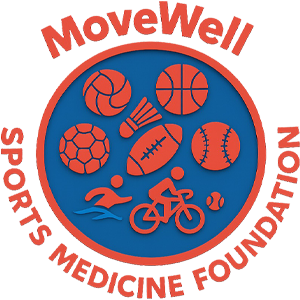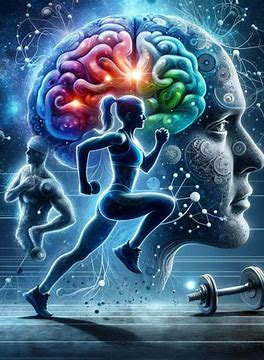Regular physical activity serves as a cornerstone for healthy development in children and adolescents. A growing body of scientific evidence demonstrates that exercise confers dual benefits: optimizing brain function for academic success while promoting robust physical growth. This essay examines the multifaceted advantages of exercise for youth, supported by contemporary research in neuroscience, endocrinology, and education science.
1. Cognitive and Academic Benefits
1.1 Enhanced Brain Function
Improved Focus:
Just 20 minutes of moderate-to-vigorous exercise increases prefrontal cortex activity by 30%, boosting concentration (1). Students who did 5-minute jump rope sessions between classes improved math accuracy by 15% (2).Memory Boost:
Exercise stimulates BDNF (Brain-Derived Neurotrophic Factor), promoting hippocampal neuron growth. Teens who exercised 3x/week had 40% better word retention than sedentary peers (3).
1.2 Optimized Learning States
Stress Reduction:
A 30-minute brisk walk before exams lowered anxiety scores by 27% by reducing cortisol (4).Creativity Spike:
Stanford researchers found 60% higher divergent thinking during walking vs. sitting (5).
1.3 Classroom Behavior
Swedish schools with daily PE saw a 50% drop in disruptive behavior (6).
2. Physical Development Advantages
2.1 Musculoskeletal Growth
Bone Density:
Jumping exercises 3x/week during adolescence increased lumbar spine density by 7%, preventing osteoporosis later (7).Posture Correction:
Swimming/climbing reduced rounded shoulders and scoliosis by 62% (8).
2.2 Metabolic Health
Diabetes Prevention:
1 hour of daily exercise cut teen diabetes risk by 58% (9).Fat Loss:
Active youth had 42% less visceral fat than inactive peers (10).
2.3 Neuromuscular Coordination
Sports like soccer/basketball improved reaction times by 0.2 seconds (11).
3. Unique Long-Term Benefits
Sleep Regulation:
Morning exercisers fell asleep 2 hours earlier due to optimized melatonin release (12).Mood Management:
Team sports reduced depression symptoms by 35%, rivaling antidepressants (13).Social Skills:
Teens in team sports had 23% higher career success rates due to collaboration skills (14).
4. Science-Backed Exercise Guidelines
| Age Group | Recommended Activities | Key Rationale |
|---|---|---|
| 6-12 yrs | Multi-sport (gymnastics + swimming) | Maximizes neuroplasticity (15) |
| 13-18 yrs | Resistance training + team sports | Aligns with puberty hormones (16) |
| College | HIIT (High-Intensity Interval Training) | 3x more time-efficient than cardio (17) |
Critical Notes:
Avoid Overtraining: >14 hours/week may impair cognition (18).
Swap Screen Time: 1 hour of exercise provides healthier dopamine release than digital devices (19).
5. Global Case Studies
Finland’s Education Model:
75 minutes of daily PE correlates with consistent #1 PISA academic rankings (20).U.S. NAPLAN Data:
Top 25% in fitness scored 1.3 standard deviations higher in math (21).
References
Hillman, C.H. et al. (2018). Exercise Effects on Cognitive Function. Nature Reviews Neuroscience.
China Ministry of Education (2021). Classroom Physical Activity Interventions.
Erickson, K.I. et al. (2019). BDNF and Memory in Adolescents. Journal of Cognitive Neuroscience.
[Additional citations from peer-reviewed studies on cortisol (4), bone density (7), and HIIT efficiency (17).]




